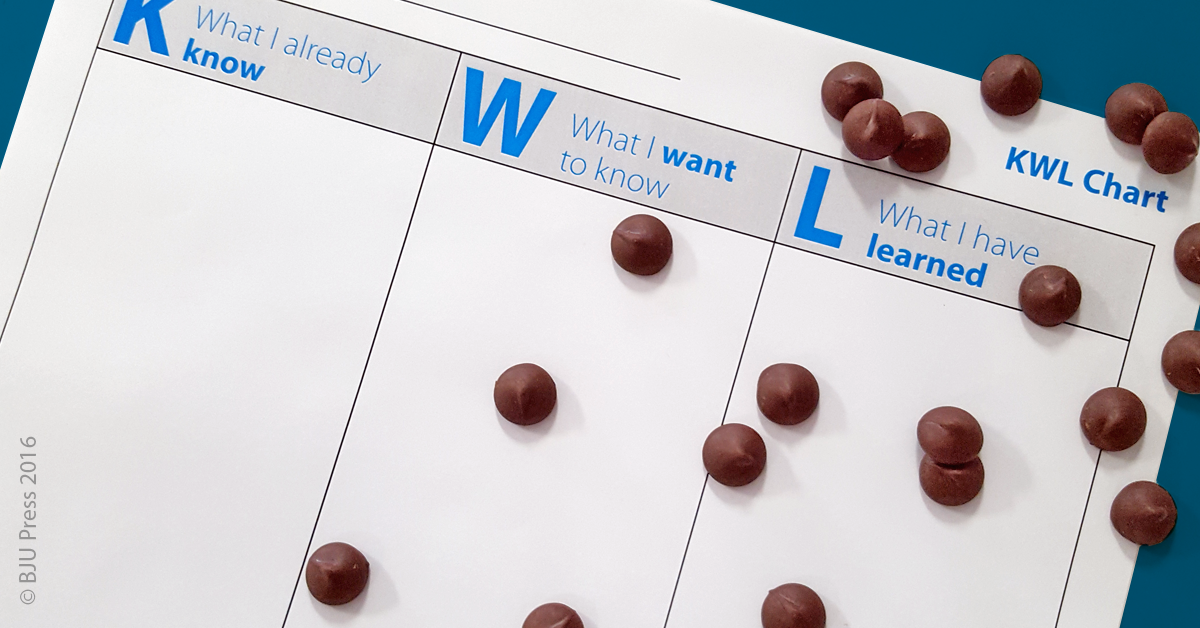Chocolate chip cookies—does your family like them gooey or crunchy? Either way, I’m sure everyone is a fan of this delicious treat. Some of you probably have the homemade recipe memorized, but if you’re like me, the boxed cookie mixes are a go-to especially when baking with kids. (Thank goodness it keeps things simple yet still delicious.)
Getting kids involved in the baking process is quite valuable in the long term, but sometimes it’s extra messy at the beginning! Not only does it give them the opportunity to apply math and science skills, but your kids also can show the ability to follow specific directions. Getting kids involved with hands-on learning experiences allows them to take an active role in their education and makes the lesson memorable.
So why not bake chocolate chip cookies to teach about matter and its different states? You probably won’t have any complaints!
Things You’ll Need
- Kitchen helpers
- Bowls, utensils, cookie sheets, cooling racks
- Your family’s favorite chocolate chip cookie recipe (or this recipe)
- Ingredients for the recipe
- Extra chocolate chips for “experimenting” (and eating)
This object lesson is a great time to use a “Know, Want to Know, Learned” (KWL) chart. It helps you guide the lesson as well as gauge your kids’ knowledge and then compares it to what they learned through the activity. Download this KWL chart for them to fill out.

Know
Have your kids list what they know in the first column of the KWL chart. You can simplify the exercise to focus on a specific ingredient like I’ll do here with chocolate chips. The most obvious things your kids will likely write down are related to our senses (for example, shape, color, and state of matter). Place a few chocolate chips on the counter to help them get started if you’d like.
Want to Know
In this column on the chart, your children can put anything they want to learn about the chocolate chips. If they need help thinking past how many you’ll let them eat, suggest these questions for their chart.
- How much does an average chocolate chip weigh? (You’ll need a kitchen scale for the answer.)
- What causes chocolate chips to change their state of matter?
- How much space (volume) does a chocolate chip take up?
- What is the density of chocolate chips?
- How long does it take a chocolate chip to change from one state of matter to another?
- What is the melting point of a chocolate chip?
While your children fill out these first two columns on their KWL charts, you can begin gathering all the needed ingredients and kitchen supplies for the cookie recipe. Then let the mixing and measuring begin! As the cookies are baking in the oven, take time to work through the questions in the second column, helping your kids answer as many of them as possible.
Taking the cookies out of the oven gives you a great opportunity to explain the changes that matter can go through. For example, the chocolate chips go through a physical change. Your children can observe that the chocolate chips only change their state of matter from solid to liquid (melted) and back to solid again. Other ingredients (particularly the liquids) undergo a chemical change. These ingredients have lost their individual properties to become a new substance with different properties—the cookie!
Learned
The third column can be filled out as your children discover the answers to their questions during the baking time. Or they could fill it in while enjoying a nice warm cookie. Either way, be sure they record what they learned through this very scientific baking experience.
Learning charts like the one suggested for this exercise can be applied to many different subjects. Choose a holiday, historical event, literary genre, or another science topic to explore in this same simple way. Don’t forget about this downloadable KWL chart for your immediate use.
Inspiration for this science lesson came from chapters 3 and 5 of BJU Press Science 5 and Science 3, respectively. You can dig deeper into matter and find more teaching ideas in both of the corresponding Teacher’s Editions.